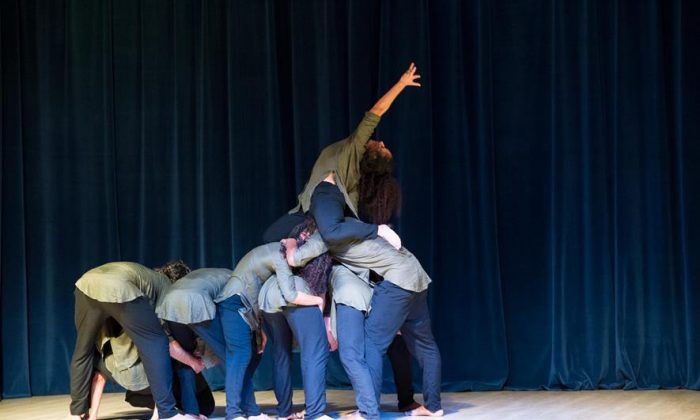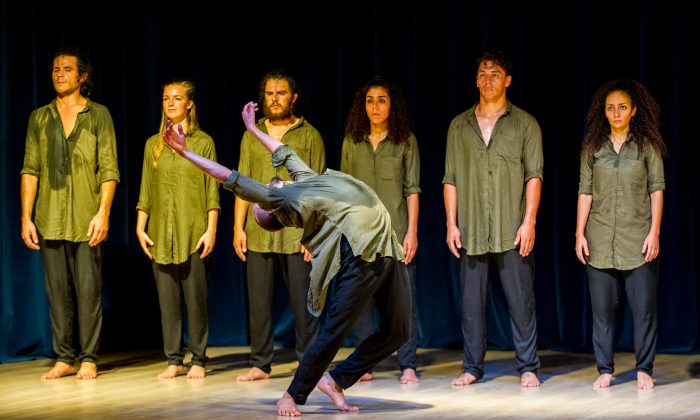This research builds on a DAAD-funded study on rhythm complexity and aesthetic pleasure by interpreting the results in a medical humanities framework in order to assess the value of W. B. Yeats’s concepts of statuary and flow in terms of personal and social health and wellbeing. The main challenge addressed is interpreting quantitative results within qualitative frameworks, defining credibly argued transitions between the following concepts: elaboration upon exposure to complex rhythms (leading to insight or ’aha!’ experience and/or chills), improvisation (as an action that can only be performed by what Bruno Latour defined as the articulated body), and individual and social health through purpose-in-life and empathy. The provisional argument is that personal health and wellbeing depends on a balance between, on the one hand, being mindful of the materiality of one’s body (i.e. when one assumes the identity of the articulated body) in the ’living stream’ (to use Yeats’s poetic words) and, on the other hand, living by ideals (i.e. when one assumes the identity of the traditional subject) poetically consecrated as statuary (as in some of Yeats’s poetry).


Photos by Petru Palamar ©2017
The images are from a 45-minute performance, Tabularasa, whence part of the project’s inspiration comes from. The performance dramatizes some of the concepts involved in the research, and it was funded by the Romanian National Cultural Fund Agency, making possible a public engagement project that involved dancers from four continents (they are from Finland, Romania, Egypt, Colombia, Canada, and the US) in a collaborative creative exploration of the concept of ‘togetherness’.
Watch our trailer here: Tabularasa
